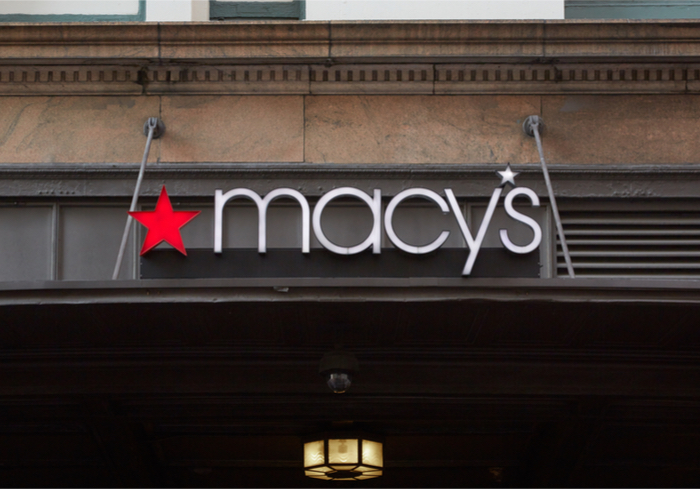Macy’s Looks To Holiday Quarter To Put A Bow On A Strong 2018

Macy’s managed to come out ahead of analyst expectations for the third time in a row during Q3 2018, with earnings and same-store sales all coming in front of earnings forecasts. Macy’s racked up earnings per share (EPS) of $.27 versus the $.14 expected and revenue of $5.4 billion was in line with analyst estimates of $5.41 billion. Same-store sales ticked up 3.3 percent year on year, well ahead of the 2.8 percent growth forecast.
“We are ready for the fourth quarter,” CEO Jeff Gennette told CNBC. “I think the backdrop for consumer spending is good, their confidence is strong, the dotcom business is really humming. … For stores, we are going into the fourth quarter in a healthy place with momentum.”
Macy’s reported a fiscal third-quarter net income of $62 million, up from $30 million a year earlier.
Going forward, Macy’s made clear that it’s expecting another strong holiday season, and that its efforts are shifting toward digital delivery and rethinking its stores. Perhaps somewhat unexpectedly, that reset on store design will be going in two opposite directions at once — Macy’s will be thinking both bigger and smaller when it comes to its physical retail presence.
In the online arena, Macy’s reported that digital sales are up — Gennette noted by “double digits,” though he did not specify beyond that. He also noted that Macy’s mobile portal has been a strong performer, and is expected to continue growing. The retailer expects to see $1 billion in mobile sales this year.
Macy’s called out emerging strength in particular products and brands: Bluemercury, Macy’s health and beauty line; upscale department store Bloomingdale’s; and the discount-focused Macy’s Backstage line of stores were all reported as “strong performers,” where growth outstripped internal expectations. What that growth was exactly, or what expectations were outstripped, was not disclosed. Macy’s did note that Backstage stores saw two times more shopping trips, with basket sizes up an average of 30 percent.
The company discussed the changing future of its physical locations, where it will be thinking both bigger and smaller. On the more-is-more side of the ledger, a newly emerging class of larger “magnet stores” will get big renovations that will showcase the integration of cutting-edge technology, such as virtual reality headsets. They will also be more heavily staffed to create a more concierge-guided experience for consumers. On the other side of the spectrum, Macy’s will be experimenting with a new small-store format — Gennette called them “neighborhood stores” — that will pack a smaller footprint, fewer employees and narrower selection.
All in, Gennette told investors, the company is making progress with its turnaround plans — a reality visible by the fact that Macy’s stock price is up 80 percent year on year. He noted that October was Macy’s strongest month in Q3, leaving the company optimistic about its holiday season to come. He added that, despite a tight hiring market, Macy’s is “ahead of schedule” when it comes to its seasonal addition of 80,000 employees.
Given the better-than-expected results in a few places, Macy’s has raised its earnings outlook for the year in anticipation of a strong Q4 outcome.
“Our strategic initiatives are gaining momentum and delivering results,” Gennette said in a statement, expressing confidence about the upcoming holiday season. “We have the right merchandise, the right marketing and the right customer experiences in place to deliver a strong fourth quarter.”